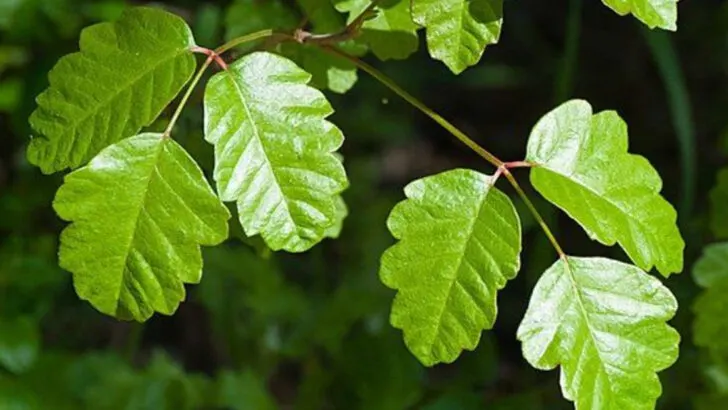Some plants are like nature’s skincare aisle—full of soothing oils, calming scents, and surprising beauty benefits. For centuries, people have turned to aloe, lavender, and calendula for everything from sunburn relief to glowing skin. These plants are gentle, effective, and often growing just a few steps from your back door. Rub them on your skin, and they give you a little spa moment, right from the garden.
But not every leafy green friend is so friendly. In fact, some plants look just as soft and harmless—but leave behind rashes, burns, or even blisters. Whether it’s poison ivy, giant hogweed, or deceptively cute wildflowers, there are some garden guests you definitely don’t want to meet barehanded. Knowing which ones to avoid isn’t just helpful—it can save your skin (literally).
This guide breaks it down: 6 plants that are safe (and even beneficial) to apply directly to your skin, and 10 you should never touch without gloves—or at all. Whether you’re a gardener, a forager, or just someone who likes walking barefoot through the backyard, this list could be the difference between a natural glow and a not-so-fun rash.
Angel’s Trumpet
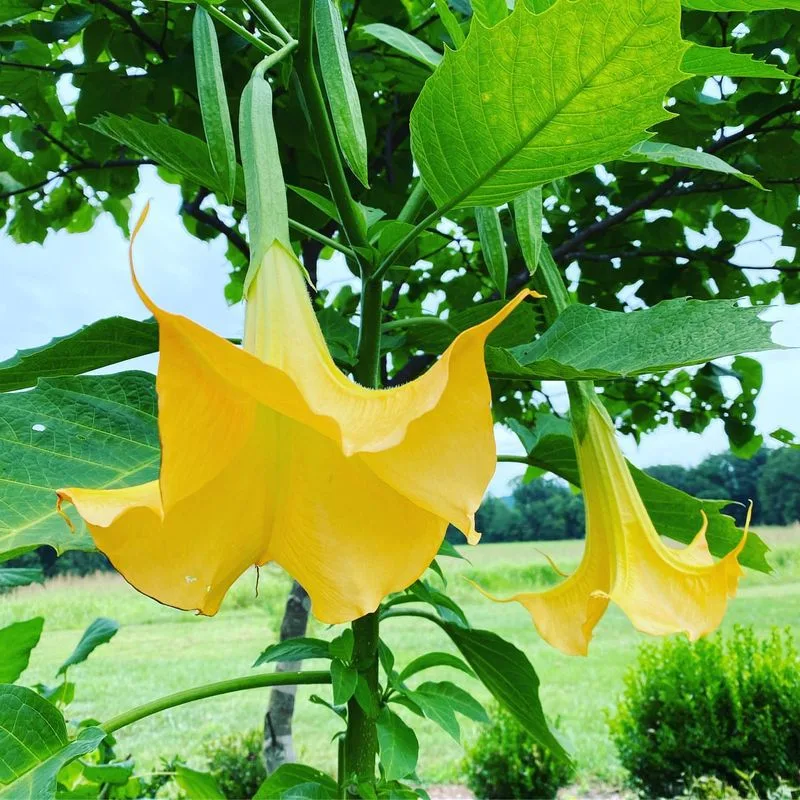
Angel’s Trumpet captivates with its stunning, trumpet-shaped flowers. Yet, beneath its beauty lies potential danger. All parts of the plant are poisonous, and even the fragrance can cause discomfort when inhaled in large amounts. Native to South America, it’s a favorite in ornamental gardening. Its allure is undeniable, but awareness of its toxic nature is crucial. Treating Angel’s Trumpet with care ensures it remains a visual delight rather than a health hazard. Its charm is best enjoyed with a respectful distance.
Aloe Vera
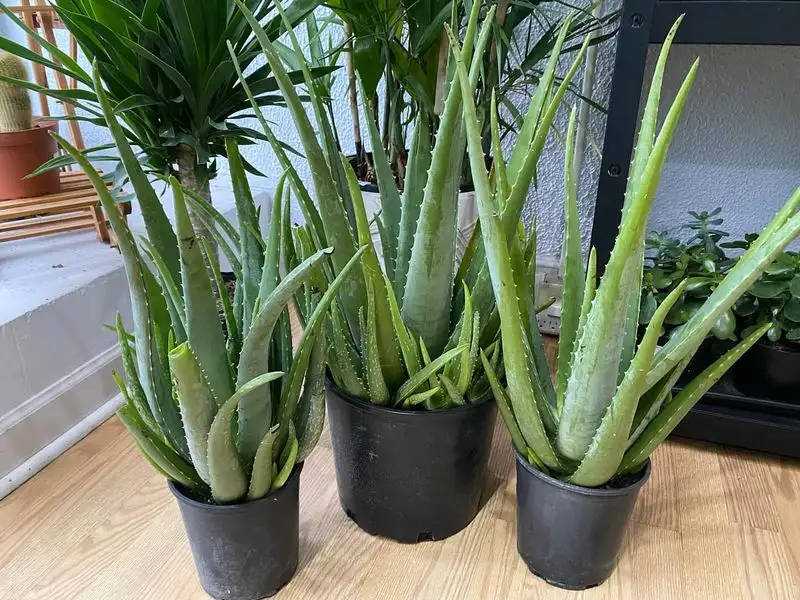
Aloe Vera, a succulent with thick, fleshy leaves, is widely praised for its soothing properties on the skin. Known for its cooling effect, it’s often used to treat sunburns and minor cuts.
This plant’s gel acts as a natural moisturizer without leaving a greasy residue. Many people keep an Aloe Vera plant at home due to its easy maintenance and rapid growth.
Beyond its hydrating qualities, Aloe Vera also contains antioxidants and vitamins that help improve skin health. Its natural compounds promote healing, making it a go-to remedy for many skin ailments.
Lavender

Lavender’s calming scent is just the beginning of its benefits. This fragrant herb, with its slender, purple flowers, can also be rubbed onto the skin to relieve tension and promote relaxation.
Lavender oil, extracted from these flowers, is known for its antiseptic and anti-inflammatory properties. It’s often used in aromatherapy and skincare routines to soothe irritation and minor burns.
Historically, lavender has been used in baths to purify the body and spirit. Its versatility makes it a popular choice in both herbal medicine and cosmetic products.
Chamomile
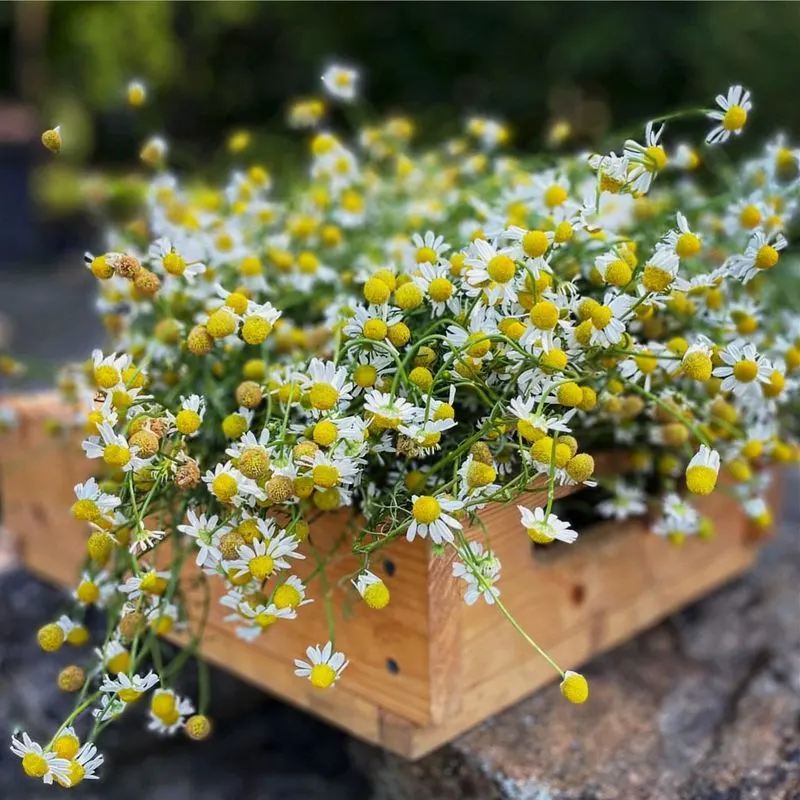
Chamomile, recognized by its daisy-like flowers, is famous for its calming effects. When applied topically, chamomile can alleviate skin irritations and reduce redness.
The plant’s essential oils are often infused in creams and ointments for their gentle, soothing effects on sensitive skin. Chamomile is also known to promote faster healing of minor wounds.
Traditionally, chamomile has been used in teas to encourage relaxation and sleep. Its mild, pleasant scent and gentle properties make it a staple in natural skincare remedies.
Calendula
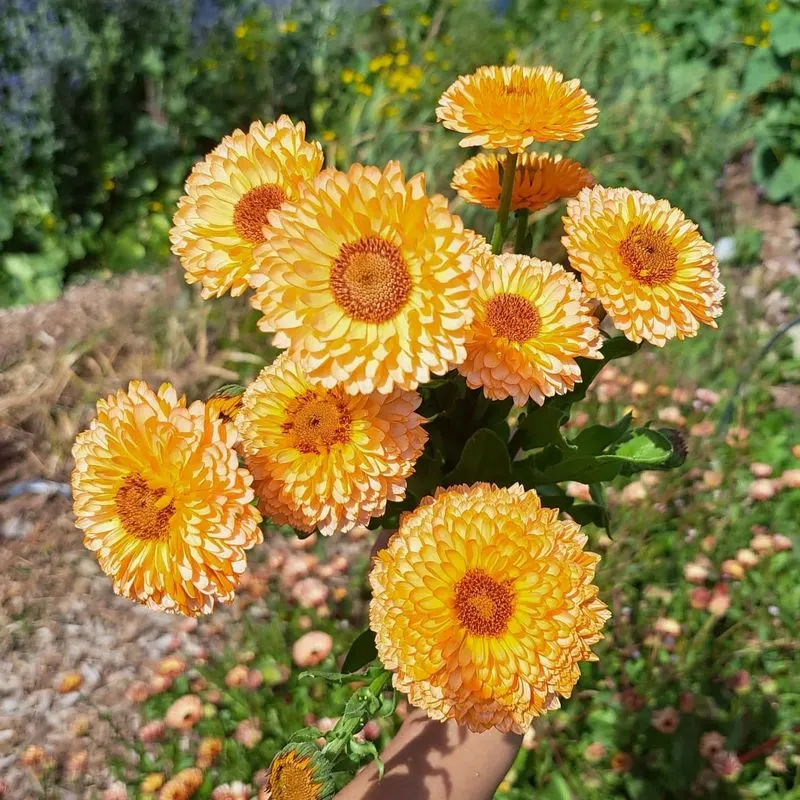
Calendula, with its vibrant orange petals, is more than just a pretty flower. Known for its healing properties, it’s often used to treat skin conditions like eczema and dermatitis.
Calendula oil can be applied directly to the skin to reduce inflammation and speed up wound healing. It’s especially beneficial for dry, sensitive skin.
The flower’s soothing nature extends to its use in baby products and gentle skincare lines. Its historical use in herbal medicine highlights its importance as a natural remedy for various skin ailments.
Rosemary

Rosemary, a fragrant herb with needle-like leaves, is celebrated for its invigorating properties. When used on the skin, rosemary can stimulate circulation and rejuvenate tired muscles.
The herb’s essential oil is often included in massage oils and skin toners for its refreshing and toning effect. Rosemary’s antioxidant properties also make it a popular ingredient in anti-aging products.
Traditionally, rosemary was used in Roman baths for its purifying qualities. Its rich history and versatile uses continue to make it a beloved herb in skincare.
Peppermint
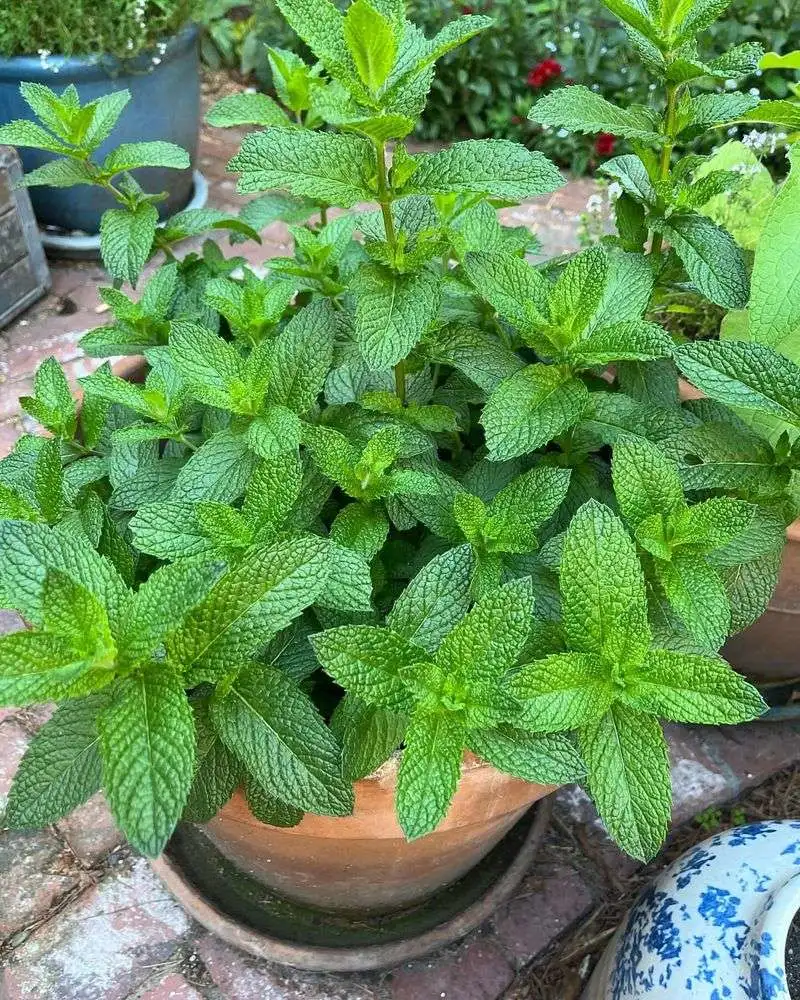
Peppermint is more than just a flavoring for candies. This aromatic herb, with its cool and refreshing scent, can be applied to the skin to relieve muscle pain and itching.
The menthol in peppermint provides a cooling sensation that can soothe irritated skin and reduce discomfort. Peppermint oil is often used in balms and liniments for its calming effects.
Beyond its medicinal uses, peppermint has been cherished in various cultures for its invigorating fragrance and culinary versatility. Its role in skincare highlights its multifaceted nature.
Poison Ivy
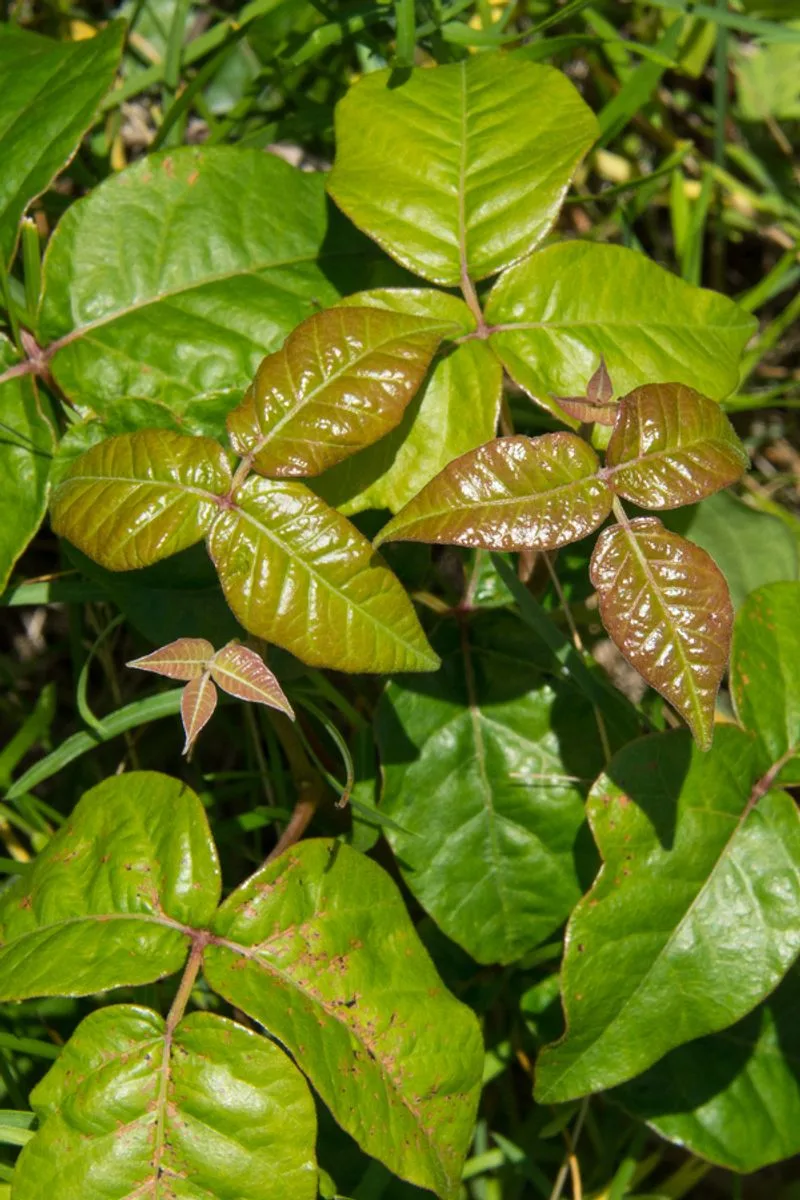
Poison Ivy is infamous for the itchy rash it can cause upon contact. Recognized by its distinctive three-leaf clusters, this plant produces an oil called urushiol that triggers allergic reactions in many people.
Exposure can lead to redness, swelling, and blisters that may take weeks to heal. It’s crucial to identify and avoid poison ivy, especially when hiking or gardening.
Washing the skin immediately after exposure with soap and water can mitigate the effects. Understanding poison ivy’s appearance is essential in preventing unwanted encounters.
Poison Oak
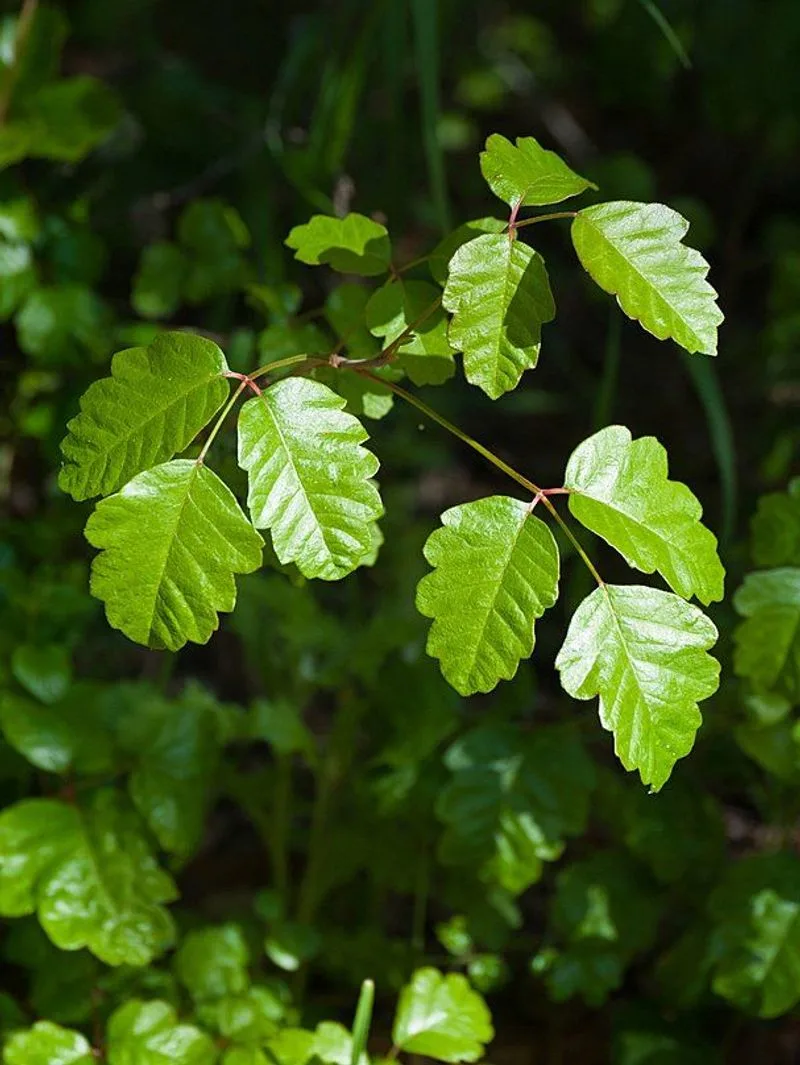
Similar to poison ivy, Poison Oak is known for causing itchy, blistering rashes. Its leaves mimic those of an oak tree, making it easy to mistake for a harmless plant.
The urushiol oil in poison oak is responsible for the allergic reactions, which can be severe and long-lasting. This plant is commonly found in wooded or shrub-filled areas.
Avoiding contact with poison oak is vital, especially during outdoor activities. Proper identification and cautionary measures can help prevent the discomfort associated with this plant.
Poison Sumac
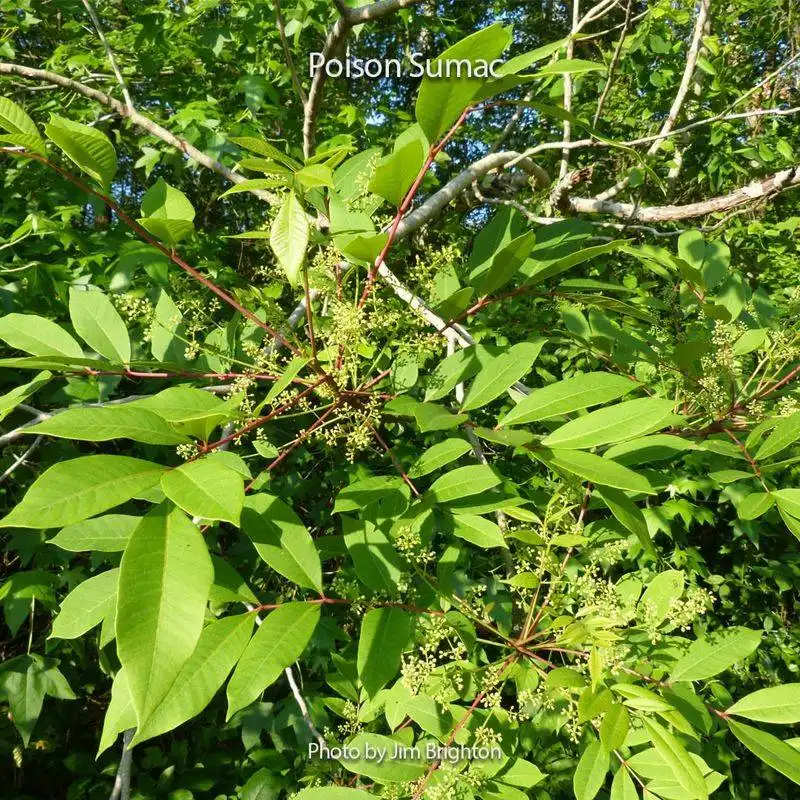
Poison Sumac grows in wet, swampy areas and is notorious for its skin-irritating properties. With smooth-edged leaves and white berry clusters, it’s less common but more potent than its relatives.
The toxic oil, urushiol, found in Poison Sumac, can cause painful, itchy rashes upon contact. Even brushing against the plant can lead to severe skin reactions.
Recognizing this plant is crucial for outdoor enthusiasts, as avoiding it can prevent the unpleasant rashes it causes. Knowledge of its habitat can aid in steering clear of Poison Sumac.
Stinging Nettle
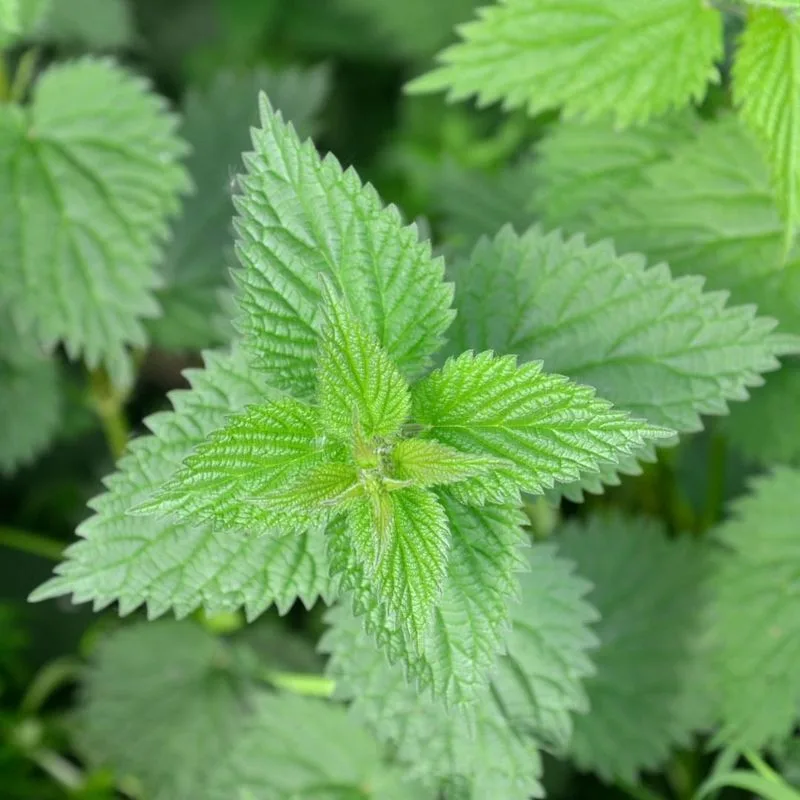
Stinging Nettle, while edible when cooked, can cause a painful stinging sensation if touched raw. The plant’s tiny hairs inject histamines into the skin, leading to itching and redness.
Despite its name, stinging nettle is valued for its medicinal properties when prepared correctly. However, direct contact should be avoided to prevent discomfort.
Growing in temperate regions, it’s easily recognized by its jagged leaves and tall stature. Wearing gloves and proper clothing can help in avoiding accidental stings while exploring nature.
Giant Hogweed
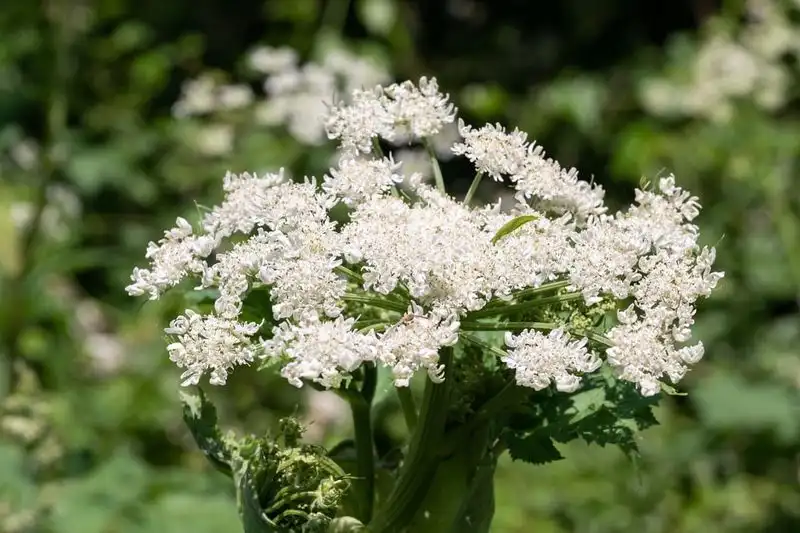
Giant Hogweed, a towering plant with large white flowers, is dangerous due to its photosensitive sap. Contact with skin can lead to severe burns and blisters when exposed to sunlight.
This plant’s sheer size makes it easy to spot, but caution is advised as its sap can cause long-lasting skin damage. Often found in sunny, moist areas, it’s crucial to keep a safe distance.
Protective clothing and awareness of its presence can prevent painful encounters. Giant Hogweed’s imposing stature is a reminder of nature’s sometimes hidden dangers.
Hemlock
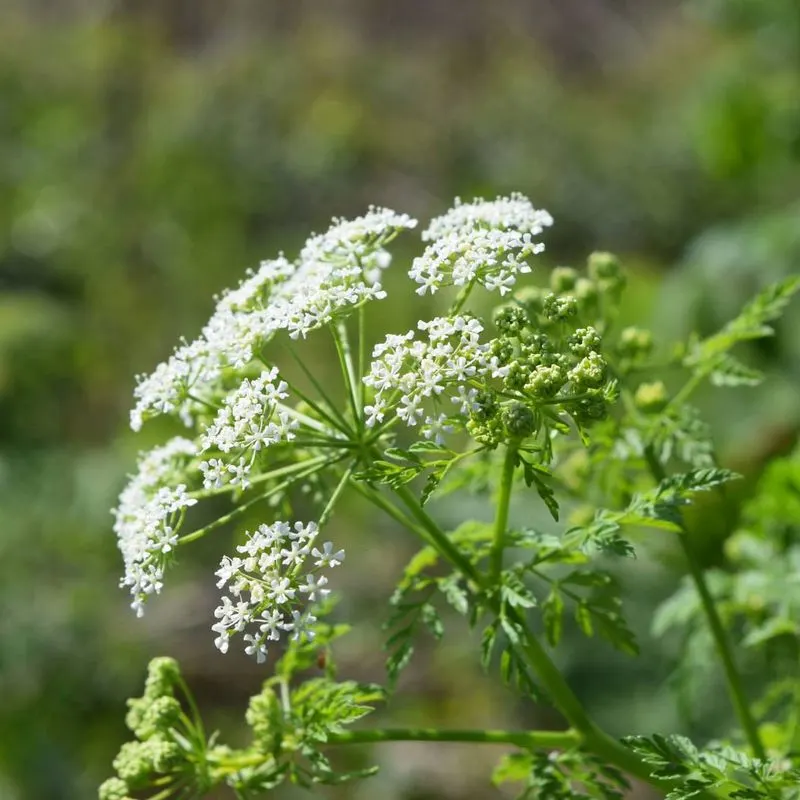
Hemlock, infamously known for its toxic properties, should never be handled without caution. Its small white flowers and fern-like leaves are deceptively delicate in appearance.
All parts of the plant are poisonous, and contact with skin can cause irritation or more severe reactions if ingested. It’s crucial to recognize hemlock in the wild to avoid accidental exposure.
Historical accounts have documented its use as a poison, underscoring the importance of respecting this plant’s dangerous nature. Awareness and avoidance are key when encountering hemlock.
Deadly Nightshade
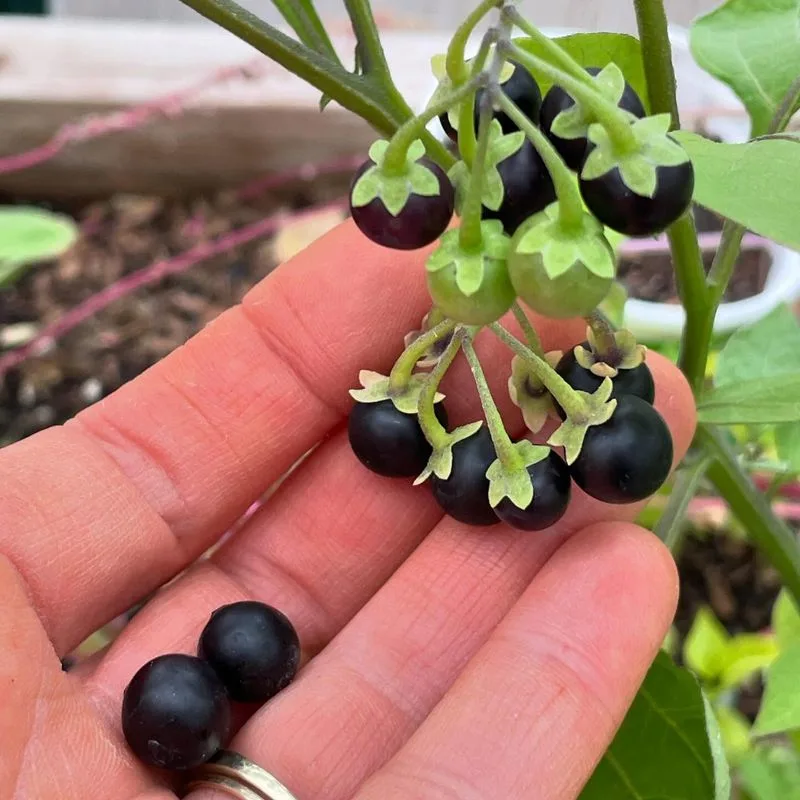
Deadly Nightshade, also known as Belladonna, is a plant with a sinister reputation. Its alluring purple flowers and glossy black berries are highly toxic.
Contact with the plant can lead to skin irritation, while ingestion causes serious health issues. Historically used as a poison, its danger cannot be overstated.
This plant thrives in shaded areas, often hidden among other vegetation. Identifying and avoiding Deadly Nightshade is crucial for safety, especially for those unfamiliar with its lethal potential.
Oleander
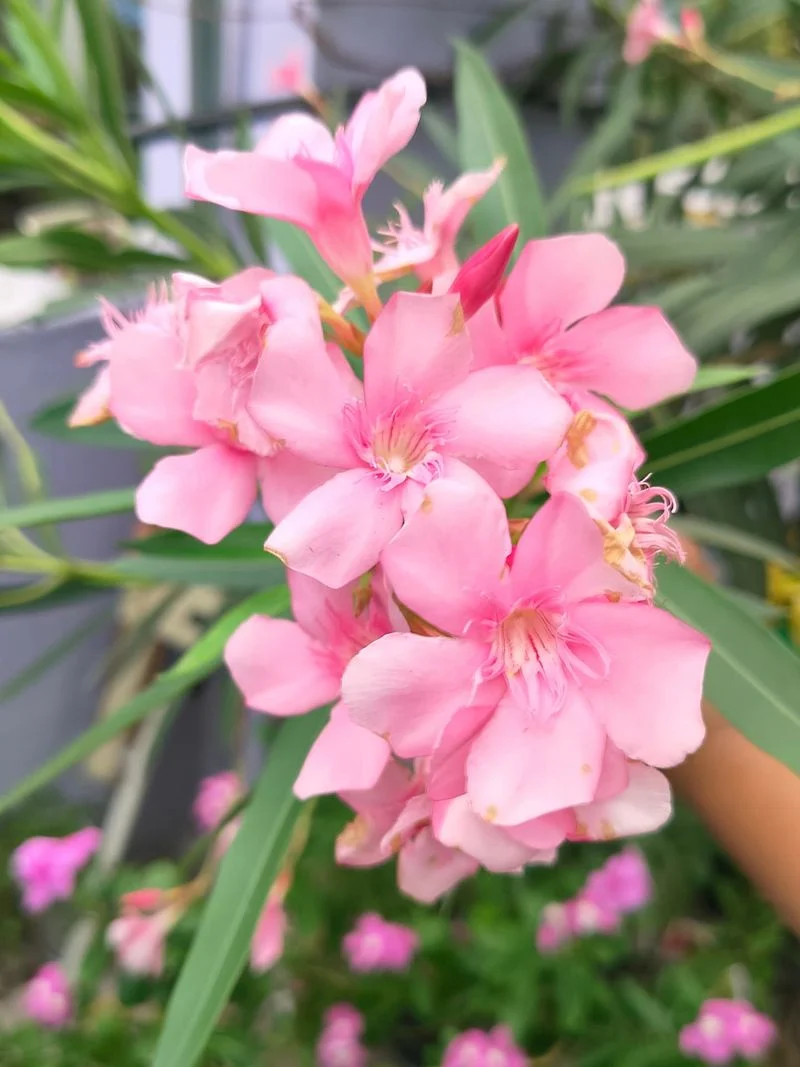
Oleander, an attractive shrub with pink, white, or red flowers, is as beautiful as it is deadly. All parts are toxic, and even skin contact can cause irritation.
Despite its toxicity, oleander is often used in landscaping, requiring caution when planting or handling. Ingesting any part of this plant can lead to serious illness or death.
Native to Mediterranean regions, it’s vital to appreciate oleander’s beauty from a distance. Its presence in gardens highlights the balance between aesthetic appeal and potential danger.
Monkshood
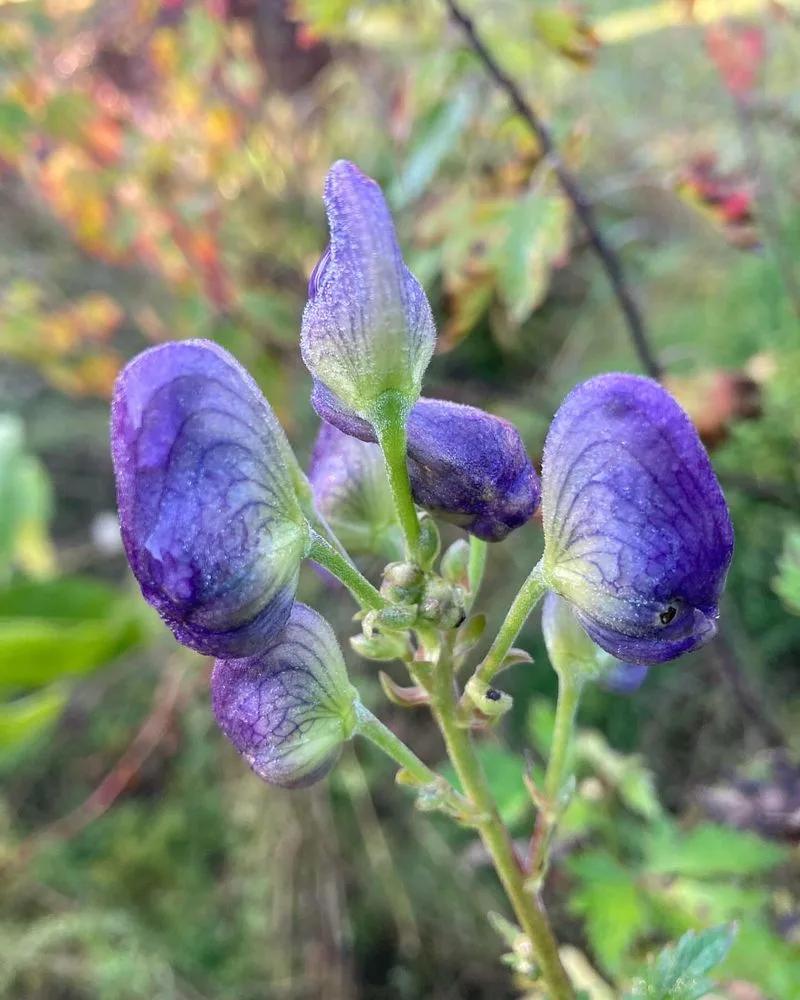
Monkshood, often called Wolfsbane, is notorious for its toxic properties. Its blue, hooded flowers are striking but should be admired from afar.
Handling monkshood can cause skin numbness and more serious consequences if ingested. Historically, it was used to poison arrows, emphasizing its lethal potential.
Found in mountainous regions, its stunning appearance masks its dangerous nature. Proper identification and a cautious approach are essential for those venturing into areas where monkshood grows.

